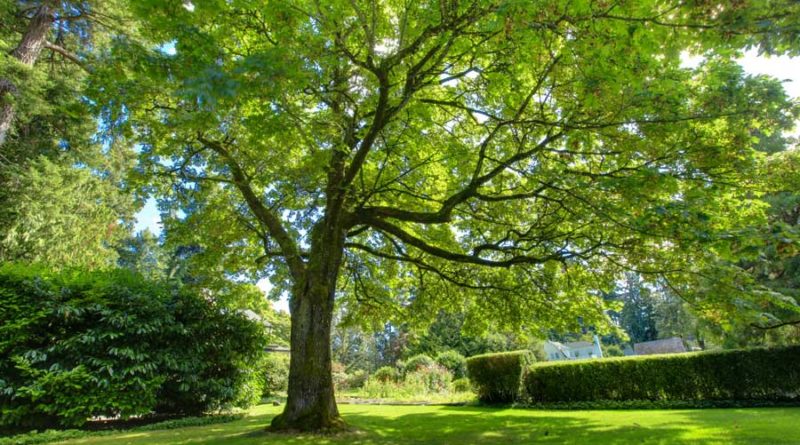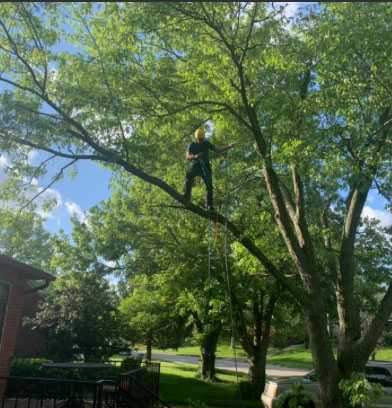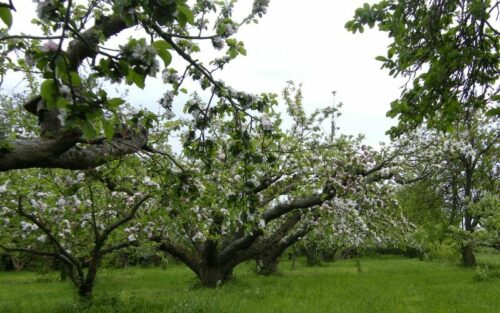When Is The Best Time To Prune A Maple Tree: A Comprehensive Guide
Introduction

Maple trees are a beautiful and versatile addition to any landscape, offering stunning foliage and a majestic appearance. One essential aspect of maintaining these trees’ health and beauty is regular pruning. But when is the best time to prune a maple tree? In this blog post, we’ll explore the ideal pruning times for different types of maple trees, as well as essential tips for successful pruning.
The Best Time to Prune: Winter Dormancy and Late Summer
The best time to prune a maple tree generally falls within two specific periods: winter dormancy and late summer.
- Winter Dormancy (Late November to Early March)
During this time, maple trees are in a dormant state, which makes it easier for the tree to recover from the pruning process. This is because the tree’s sap is not actively flowing, reducing the chances of excessive bleeding. Additionally, the absence of foliage allows for better visibility of the tree’s structure, making it easier to identify which branches need pruning.
- Late Summer (Late August to Early September)
Another ideal time to prune maple trees is in the late summer after the leaves have hardened off. This period is less likely to stimulate new growth, which could be vulnerable to frost damage in the colder months. Pruning during this time also minimizes the risk of transmitting diseases or attracting pests.
Exceptions and Special Cases
- Japanese Maples: These delicate trees should be pruned during late winter to early spring, just before they start budding. Pruning during this time allows for better healing and reduces the risk of disease.
- Red Maples: Red maples have a higher risk of bleeding sap when pruned in late winter or early spring. Therefore, it is best to prune them during the late summer period to minimize sap flow.
Essential Tips for Successful Pruning
- Use the right tools: Sharp, clean pruning shears, loppers, and a pruning saw are essential for making clean cuts and preventing damage to the tree.
- Identify the branches to be removed: Focus on removing dead, damaged, or diseased branches first, followed by crossing or rubbing branches, and then branches that obstruct paths, sidewalks, or structures.
- Make proper cuts: When pruning, make clean, angled cuts close to the branch collar, without damaging the collar itself. This helps the tree heal more effectively.
- Avoid over-pruning: Remove no more than 25% of the tree’s canopy in a single pruning session. Over-pruning can stress the tree and make it more susceptible to pests and diseases.
- Sterilize tools between cuts: Disinfect your tools with rubbing alcohol or a 10% bleach solution between cuts to minimize the spread of diseases.
Conclusion
Knowing when to prune your maple tree is crucial for maintaining its health and appearance. In general, the best time to prune is during winter dormancy or late summer. However, be aware of special cases, such as Japanese and red maples, which have specific pruning requirements. Remember to use the right tools, make proper cuts, and avoid over-pruning to ensure a successful pruning experience that promotes the long-term health and beauty of your maple tree.


